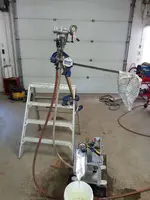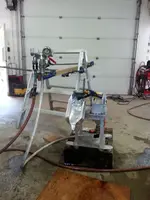Congrats, Ken, I'll bet that made you smile! The lack of obvious water lift with the old screen box is simply not enough volume of water movement on the pulse. Need much bigger diaphragm diameter, with corresponding increase in input flow to drive it. I would imagine your gasoline pump would handle that.
I also thought of the gate valve to adjust input flow....ball valves aren't sensitive enough. I'm going to have to build one of these. I have a lot of questions in my mind. One big one is the effect of increasing the size of the standpipe. I also wonder about the effect of a larger height difference between the diaphragm and the screen box. I would assume, the larger the difference, the greater the pulse lift at the box.
On the balloon effect... I think that is simply acting like an air spring.
Jim
Thanks Jim, i was relieved, Big time. Haha. Finally getting my head around the whole thing. Once again,,I agree with ALL of your post!
I still have it set up on the shop floor. Will do a height test again. Any one else thinking of another test idea to do on it ?,, i will leave it set up for the weekend.
More Test results from yesterday:- Critical minimum height 19" , would slow down as you go lower, 14 to 12 " would kill it... Run the same at 19 to 22 "
- water volume output when running- gasket only, 1.1/4 gallons per minute @ 1/4 psi
- balloon spring, 1.1/2 gal/min @1/2 psi
The video doesn't really show the difference when using an air spring, i think it is a way more efficient spring device, covering the gasket evenly. I would seriously consider using an air bag,. It could be micro adjusted to exactly the required force needed for any application.
Yes ,larger diaphragm, larger volume, larger stand pipe, more supply.... Fine line for height, too low- loss of momentum, too high- will probably change pulse per second rate ?
MY ANALOGY OF THIS SET UP - ( Siphon pause, weight pulse unit ) Its the weight of the water flowing downward over powering the supply feed rate, , paused by sucking the gasket closed behind it, creating a surge of water supply over filling the hutch, creating a fluid bed force at screen box ,Supply water pushes the gasket back up,and kick starts the weight movement again with low psi water pressure... This is my opinion of what i see.
Well, at least we have some proven facts, and details to work with, and anyone wanting to build one has the info here for a good starting point. i am leaning towards a Power pulse unit, a controlled pressurized system..... Stay tuned,, Its not over, untill my wife says its over,. Lol ...Ken




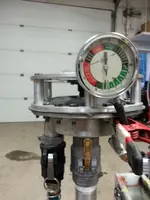
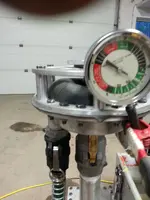

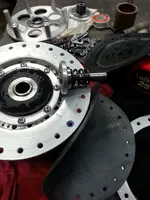
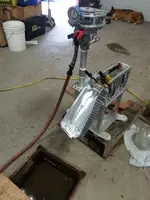
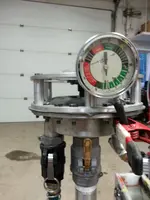
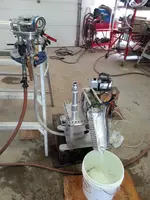
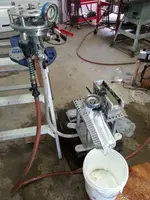
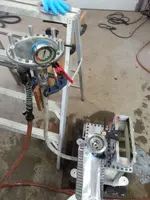
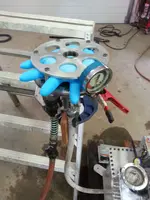



 Ken looking good. increasing the height will increase the strength of the pulse. increasing the pulse rate with weight in any form on the diaphragm. air spring ( air bag ) will be the most forgiving Imop.
Ken looking good. increasing the height will increase the strength of the pulse. increasing the pulse rate with weight in any form on the diaphragm. air spring ( air bag ) will be the most forgiving Imop. 